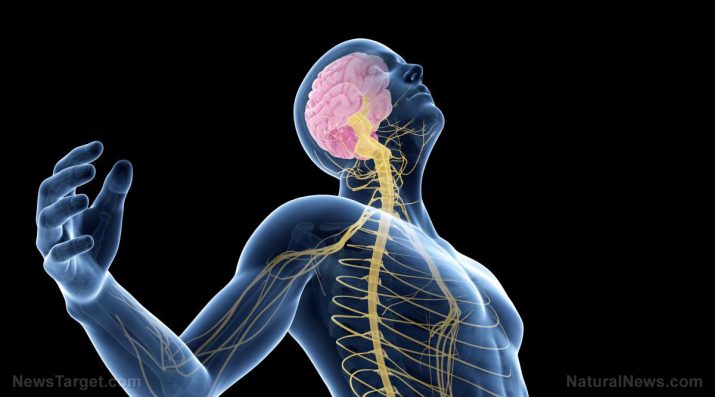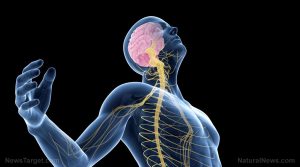
Primary amoebic meningoencephalitis – causes, side effects and treatments at NaturalPedia.com
Wednesday, July 04, 2018 by Carol Anderson
http://www.naturalpedia.com/primary-amoebic-meningoencephalitis-causes-side-effects-and-treatments-at-naturalpedia-com.html

Primary amoebic meningoencephalitis (PAM) is a rare condition wherein an amoeba enters the body and travel to the central nervous system, infecting it. The type of amoeba is called Naegleria fowleri and is commonly found in lakes, rivers, and hot springs.
A person can contract the disease by accidentally ingesting amoeba-contaminated water through the nose. While it usually begins with a dull headache, primary amoebic meningoencephalitis can actually be fatal.
In the U.S., a total of 143 cases of PAM were reported from 1962 through 2016. Among the patients, only four of them survived.

Known risk factors and symptoms of primary amoebic meningoencephalitis
There are no specific risk factors for primary amoebic meningoencephalitis; however, reports show that more men and children were affected by the condition. Although there is no scientific explanation for this, many suggest it’s due to the type of water activities that they do.
Symptoms of PAM include:
- A headache
- Fever
- Nausea and vomiting
- Stiff neck
- Seizures
- Confusion
- Hallucinations
- Coma
Body systems affected by primary amoebic meningoencephalitis
Primary amoebic meningoencephalitis mainly affects the central nervous system. The disease progresses so fast, and health experts are generally able to diagnose it after the death of a patient. Most people who contract PAM die within two to four days from the onset of symptoms.
Food items or nutrients that may prevent or relieve primary amoebic meningoencephalitis
To prevent or alleviate the symptoms of brain diseases, experts recommend the intake of the following:
- Licorice
- Flaxseeds
- Fish asparagus racemous wild (Shatavari)
- Amla
- Drumstick (Moringa oleifera)
- High-protein foods
- Cinnamon
- Turmeric
- Green tea
- Asian ginseng
- Chamomile
- Kava-Kava
- Gingko Biloba
- Brahmi
- Ashwagandha
- St. John’s Wort
- Lemon balm
- Sage
- Holy basil leaves
Treatment and management options for primary amoebic meningoencephalitis
Since primary amoebic meningoencephalitis is a very rare disease, there are no exact treatment or cure for it. Instead, experts advise everyone to take precautionary measures when exposing oneself to bodies of water that potentially host amoeba.
Using nose plugs or pinching the nose when diving into the water is believed to be the best defense for the disease.
Where to learn more
- Brain-eating amoeba are proven vulnerable to extracts of an extraordinary, yet common Midwest American Indian plant
- Post-flooding fear in Texas and Florida as risk of contracting DEADLY rare brain-eating bacteria rises dramatically
- 10 Deadly organisms that live in your body
- Brain-eating amoeba are proven vulnerable to extracts of an extraordinary, yet common Midwest American Indian plant
- Neti pot scare story proves that brain-eating amoeba lurk in public water supplies
Summary
Primary amoebic meningoencephalitis is a rare disease which infects the central nervous system, typically resulting in death. This occurs when a person incidentally ingests amoeba-contaminated water.
It is said that men and children are more prone to contracting the disease due to their choice of water activities. Meanwhile, symptoms include a headache, fever, nausea and vomiting, stiff neck, seizures, confusion, hallucinations, and coma.
Since PAM quickly progresses and usually ends up in death, the sole part of the body it affects is the brain.
According to experts, eating foods, such as licorice, flaxseeds, fish asparagus racemous wild, amla, drumstick (Moringa oleifera), high-protein foods, cinnamon, and turmeric is beneficial to brain health.
Lastly, there are no known treatment or cure for PAM. Instead, everyone’s advised to use nose plugs when going into lakes, rivers, and hot springs to prevent getting the infection.
Sources include:
Tagged Under: Tags: primary amoebic meningoencephalitis





